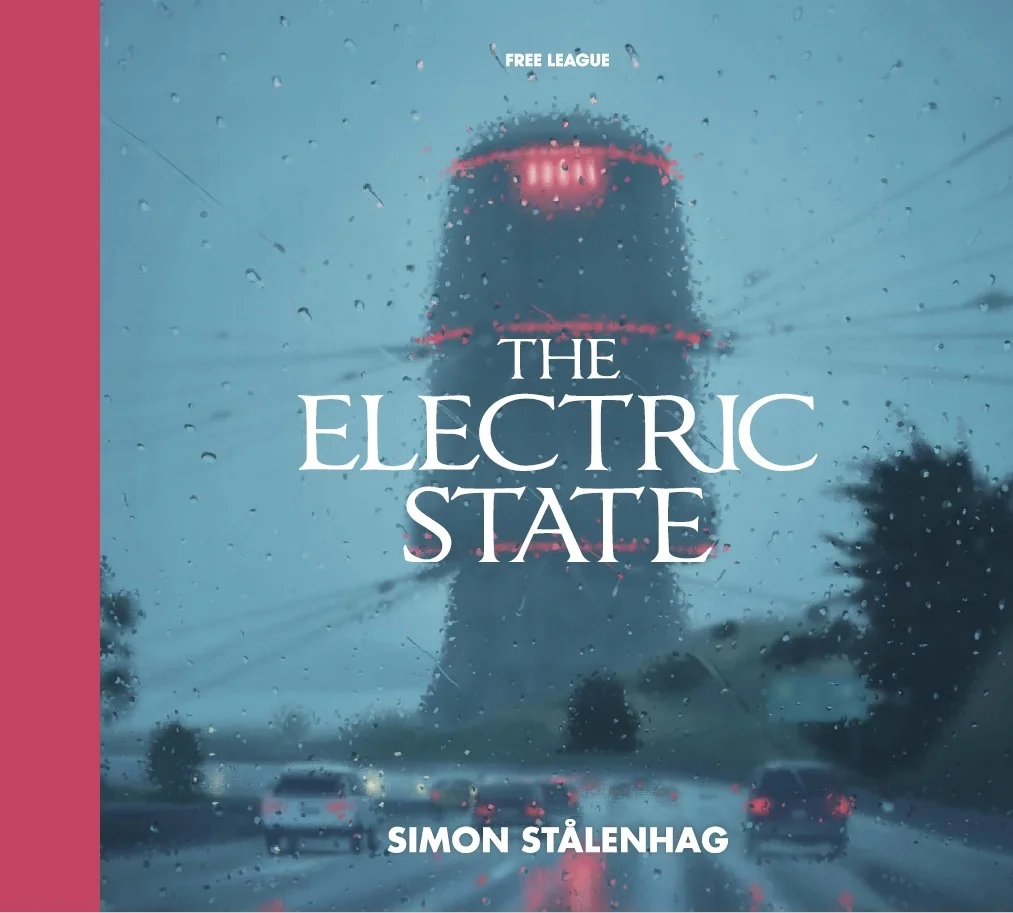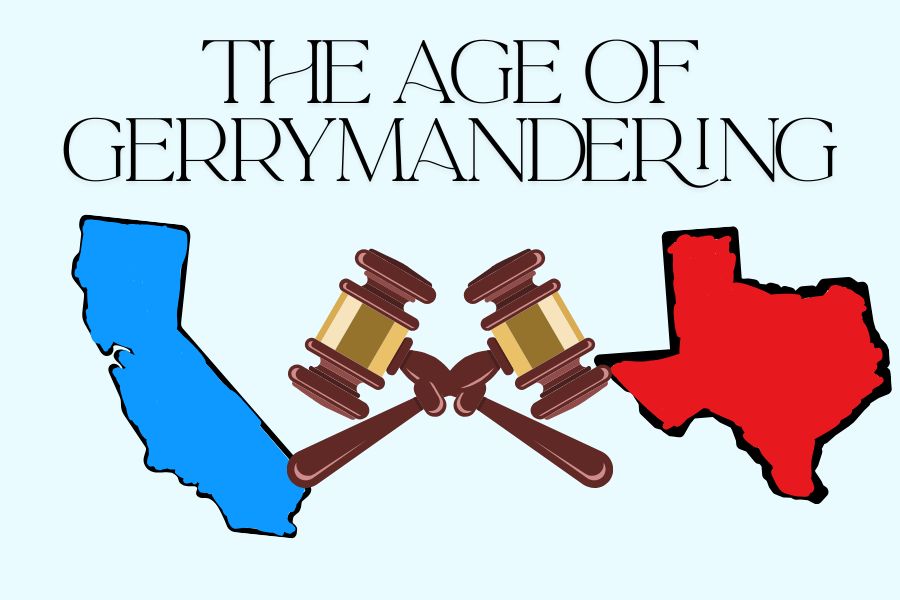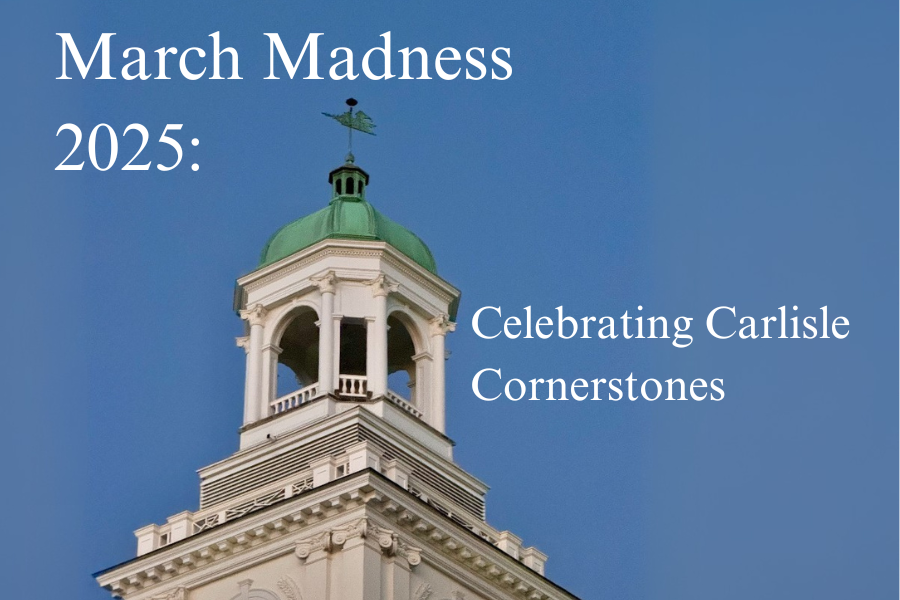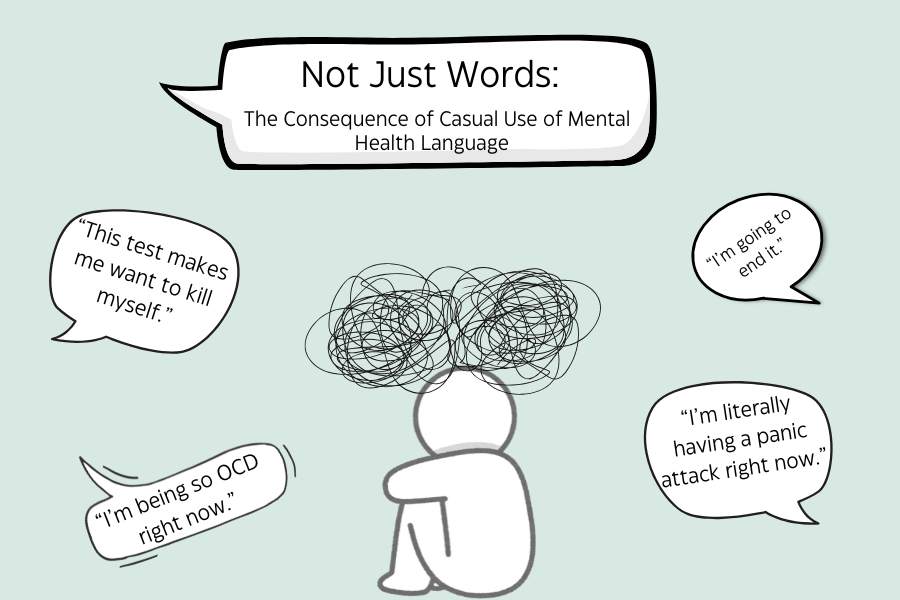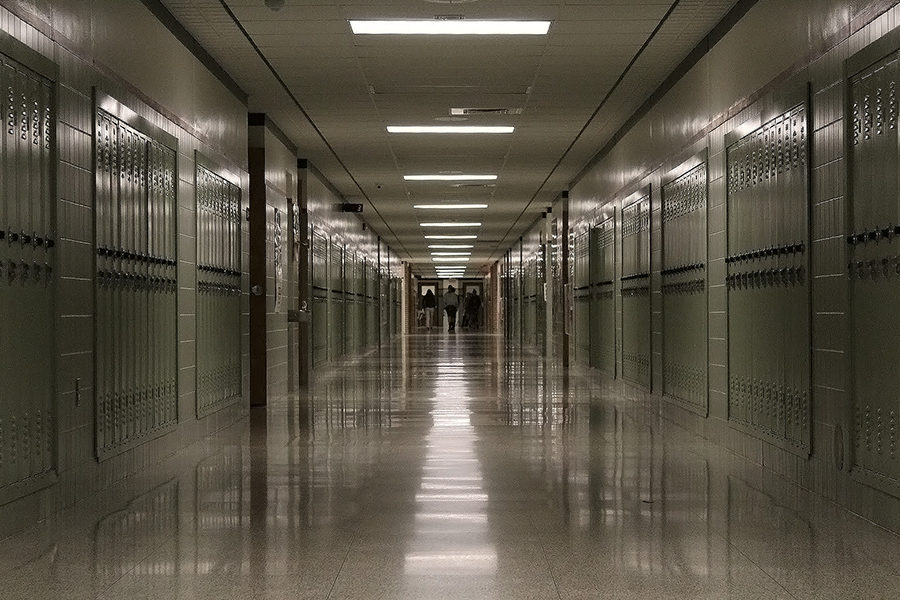Among the many current political issues the U.S. is facing right now, one is the debate over district maps. Every ten years, when the Census is held, district seats are redrawn. This is done to ensure that everyone has an equal voice when it comes to voting. However, this can be limited by gerrymandering, which can be described as “the practice of dividing or arranging a territorial unit into election districts in a way that gives one political party an unfair advantage in elections,” according to Meriam-Webster Dictionary. While courts have gone back and forth on its legality, it currently rests in the hands of the states, excluding racial gerrymandering – when districts are chosen and created based on race – which is illegal.
The current spotlight on gerrymandering started in Texas. Republicans in the state wished to make new congressional maps despite new maps normally only being drawn after the Census, or if they were determined to be illegal. In protest, House Democrats left the state, so a vote could not be held on the matter (which would pass the new map due to the House having a Republican majority). After two weeks, they returned, after being threatened with fines and even arrest. As the Democrats had feared, the map was then passed.
The reason this new map has been so controversial is that it would likely give republicans five more seats in the state House and has been seen as a clear partisan redistricting, with no reasons given to hide the purpose of the map: to help prevent the House of Representatives being switched to democratic control. Furthermore, the new map is currently facing a lawsuit due to claims of racial gerrymandering, which, as mentioned before, is illegal.
However, Texas is not the only state currently thinking about redistricting. California had threatened to add more democratic seats to their map if Texas republicans went through with their map. As they did, California created a new map which is up for voting in November, due to California, unlike Texas, needing voter approval to pass new maps.
Another state currently thinking about redistricting is Missouri whose republicans wish to add another republican seat. Also considering is New York, whose governor, Kathy Hochul, has considered changing the state constitution, which currently prohibits mid-decade redistricting. Indiana has similar intentions, whose republicans have also floated the idea of changing their constitution.
Further states considering are Florida, which has made a committee to look at the possibility of redistricting for state republicans, Illinois, whose democrats are thinking about redistricting, and Ohio, whose last map did not pass and therefore a new map needs to be made, an opportunity that both democrats and republicans wish to take advantage of.
The current redistricting and gerrymandering issue might have started in Texas but has stretched far past the Lone Star State. It will be interesting to see how these new maps affect upcoming elections, especially the 2026 midterms.





